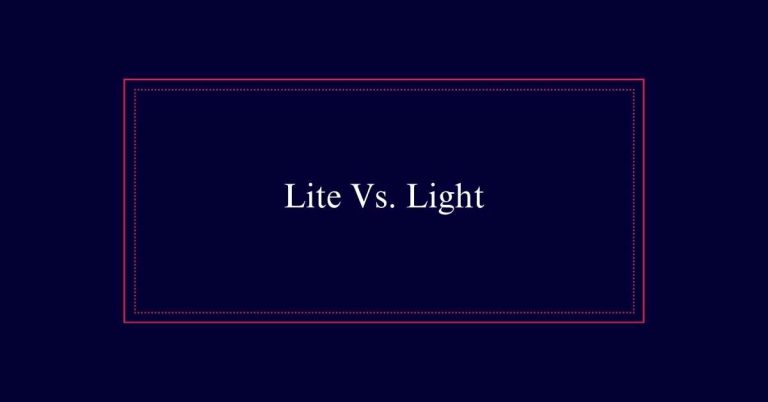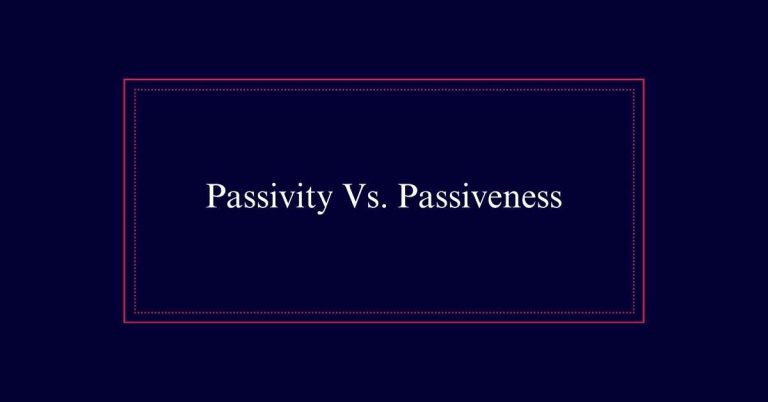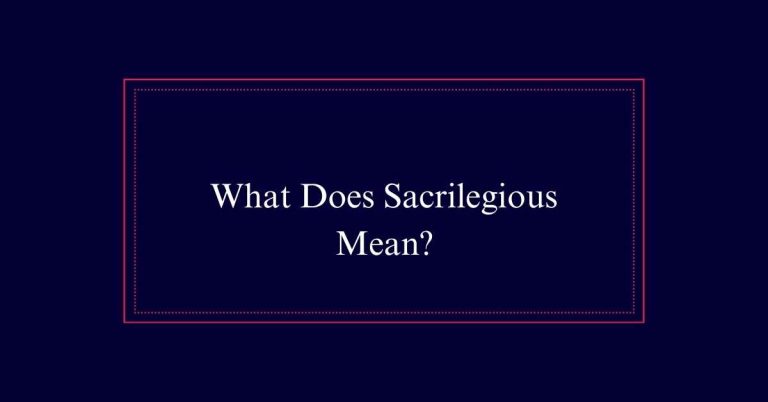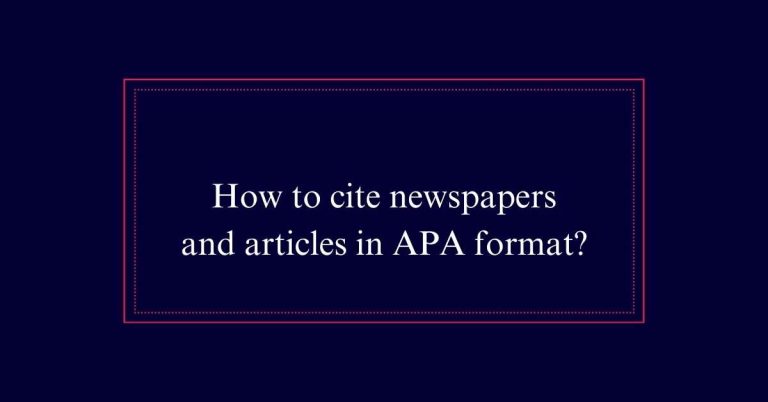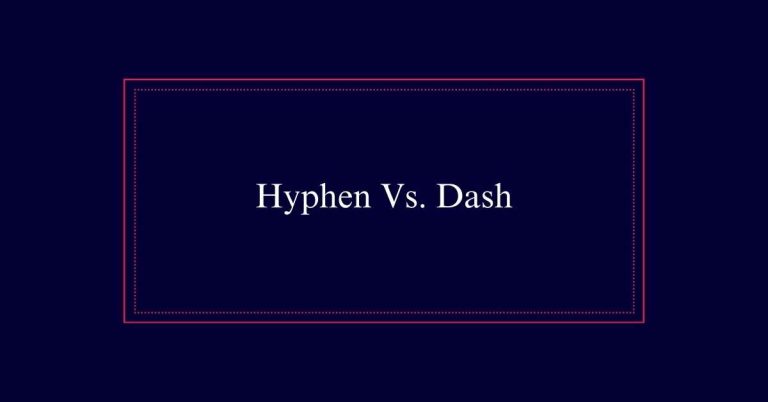Toward or Towards
The terms ‘toward’ and ‘towards’ both mean ‘in the direction of’ and can be used interchangeably. The primary distinction lies in regional preferences. ‘Toward’ is more commonly used in the United States and Canada, while ‘towards’ is favored in the United Kingdom and Australia.
Style guides like the Chicago Manual of Style and AP Stylebook recommend ‘toward’ for American English for brevity. Conversely, British English style guides, such as the Oxford Style Manual, prefer ‘towards’. Consistency in usage is important for clarity.
The Key Difference
Therefore, the key difference between ‘toward’ and ‘towards’ lies solely in the presence of the final ‘s’. Both terms mean ‘in the direction of’ and are interchangeable in meaning. However, regional preferences dictate their usage.
In the United States and Canada, ‘toward’ is the preferred spelling. Conversely, in the United Kingdom and Australia, ‘towards’ is more commonly used. Style guides reflect these preferences. The Chicago Manual of Style and the AP Stylebook recommend using ‘toward’ for its brevity.
Despite these regional differences, both spellings are correct and widely accepted in English. Hence, the choice between ‘toward’ and ‘towards’ depends largely on the writer’s or publication’s regional audience.
Definition and Meaning
Understanding the definition and meaning of ‘toward’ and ‘towards’ begins with recognizing that both terms signify ‘in the direction of’. These prepositions are used to indicate movement or orientation relative to something.
For example, one might say, ‘She walked toward the building,’ or ‘He leaned towards the window.’ Despite the minor difference in spelling, their meanings are interchangeable.
Both ‘toward’ and ‘towards’ have their roots in Old English, stemming from the word ‘toweard’, which meant ‘in the direction of’. The addition of the ‘s’ occurred later, forming the adverbial genitive ‘towards’.
US and Canada Preference
In the United States and Canada, ‘toward’ is the preferred spelling. This preference is noted in both the Chicago Manual of Style and the AP Stylebook, which recommend using ‘toward’ for its shorter, more streamlined form. The choice between ‘toward’ and ‘towards’ does not change the meaning, but regional preferences influence usage.
Here is a comparison of usage examples:
| Country | Preferred Spelling | Example Sentence |
|---|---|---|
| United States | Toward | The company is moving toward a new strategy. |
| Canada | Toward | Efforts are being directed toward improving healthcare. |
| General | Either | Both spellings are understood and accepted internationally. |
While ‘toward’ is dominant in North American English, both forms remain correct.
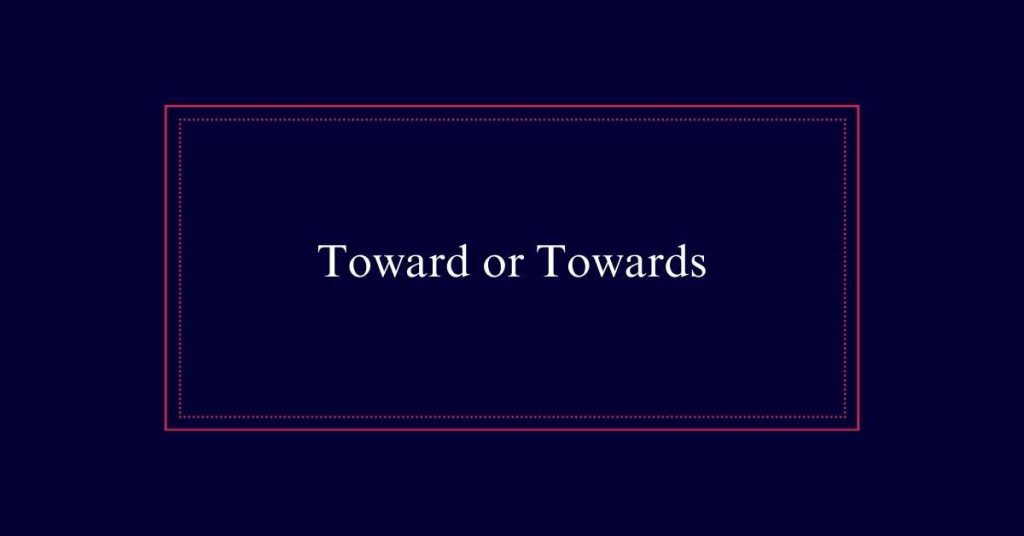
UK and Australia Usage
Why do ‘towards’ and ‘toward’ differ in usage between the UK and Australia?
The primary reason lies in historical and regional language preferences. In both the UK and Australia, ‘towards’ is the more commonly used form. This preference likely stems from Old English usage, where the word ‘toward’ often included an ‘s’ in its adverbial form. Over time, this usage became standardized in these regions.
Additionally, British English, which heavily influences Australian English, has maintained ‘towards’ as the predominant form. While both ‘toward’ and ‘towards’ are understood and correct, the regional preference for ‘towards’ in the UK and Australia reflects historical language trends and educational standards in these English-speaking countries.
Style Guide Recommendations
Consulting style guides can help writers choose between ‘toward’ and ‘towards’ based on regional preferences and publication standards.
The Chicago Manual of Style recommends ‘toward’ for American English, emphasizing brevity and consistency. Similarly, the AP Stylebook also suggests using ‘toward’ to align with American usage norms.
In contrast, British style guides, such as the Oxford Style Manual, typically favor ‘towards’ to reflect common British English practices. Each guide aims to guarantee clarity and coherence in writing, tailored to its audience.
Thus, understanding and adhering to the specific style guide relevant to your region or publication can enhance readability and maintain professional standards. Both spellings are correct; the choice depends on the intended audience and style guidelines.
Real-World Examples
Examples from recent news articles illustrate the usage of both ‘toward’ and ‘towards’ based on regional preferences. In North America, ‘toward’ is primarily used. For instance, ‘Canada working toward an agreement in Kigali’ and ‘BlackRock Inc. warns about Treasuries as Fed moves toward rate hikes’ are examples reflecting this trend. Conversely, in the UK and Australia, ‘towards’ is preferred. Headlines such as ‘Some remain bitter towards Cruyff and Guardiola’ demonstrate this usage.
Suffix and Spelling
The primary distinction between ‘toward’ and ‘towards’ lies in the presence of the suffix ‘s’. This single letter marks the primary variation in spelling between these two forms.
Historically, both words trace their roots back to Old English, with ‘toward’ evolving from ‘toweard’ and the adverbial form adding an ‘s’ to become ‘towards’.
In modern English, the choice of spelling often depends on geographic location. In the United States and Canada, ‘toward’ is the preferred spelling, whereas in the UK and Australia, ‘towards’ is more common.
Modern Usage Tips
When deciding between ‘toward’ and ‘towards’, consider the regional preferences and style guides relevant to your audience. In the United States and Canada, ‘toward’ is generally preferred. In contrast, ‘towards’ is more common in the United Kingdom and Australia.
Consult style guides for specific guidance: The Chicago Manual of Style and the AP Stylebook both favor ‘toward’. However, both forms are correct and widely accepted, so consistency within your document is key.
If writing for an international audience, either spelling can be appropriate. Choose one and use it uniformly. Ultimately, understanding your audience and adhering to their expectations will guarantee clarity and professionalism in your writing.

